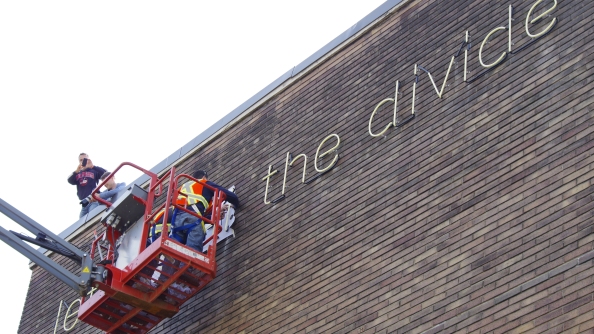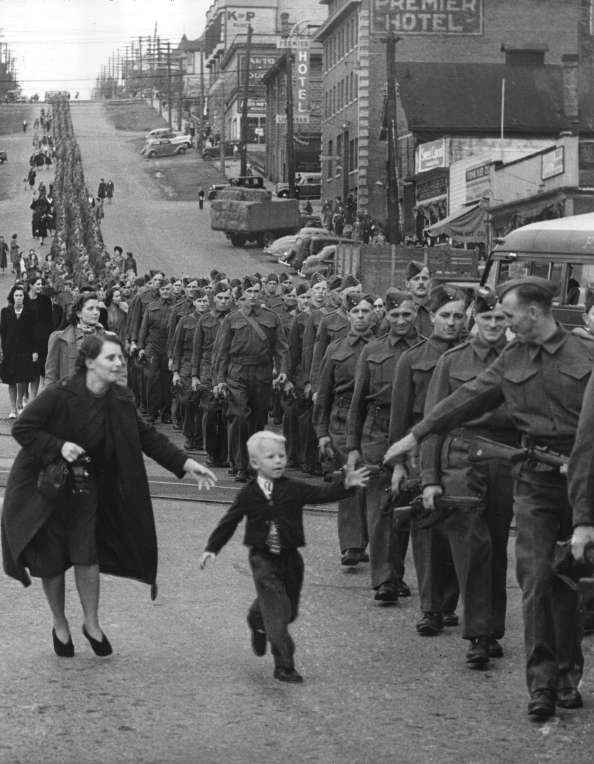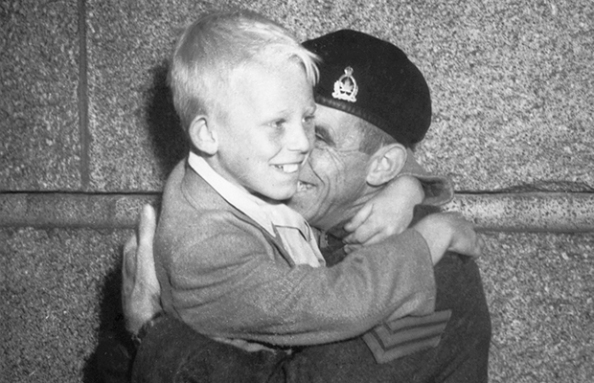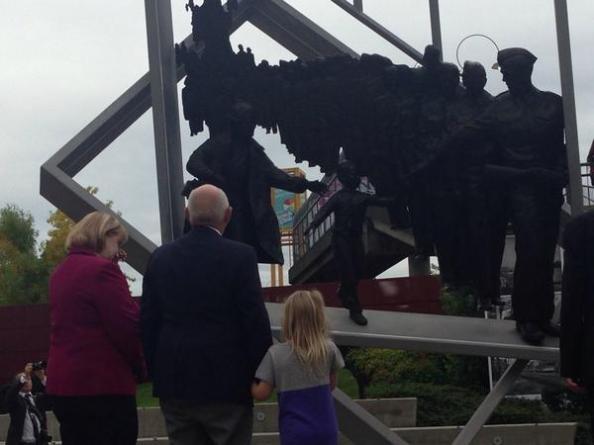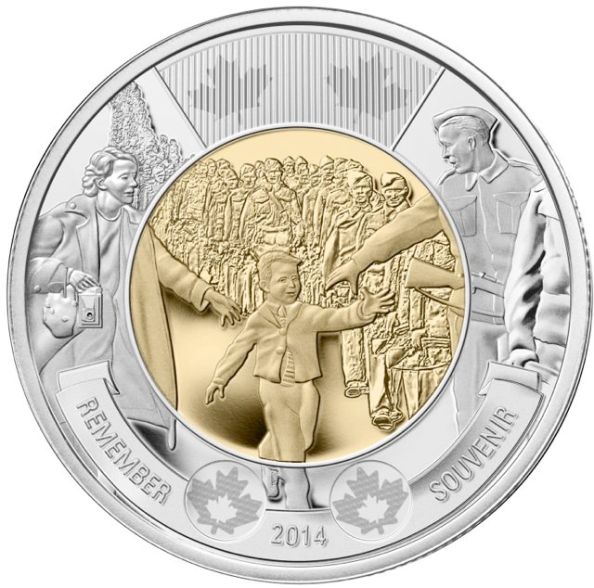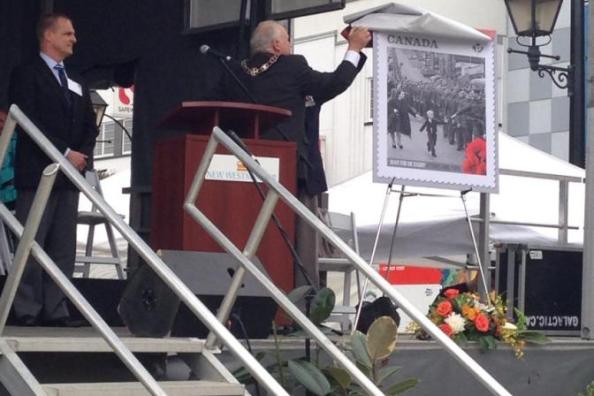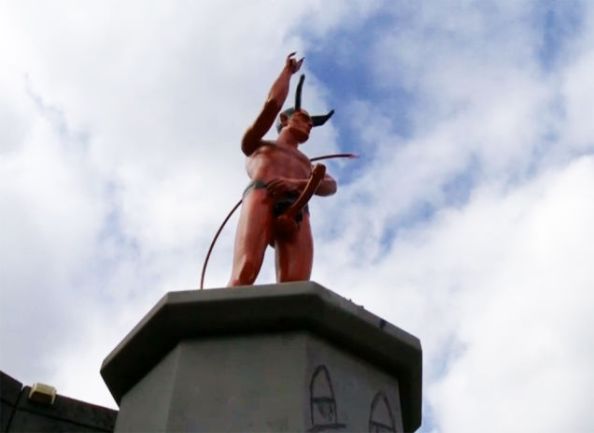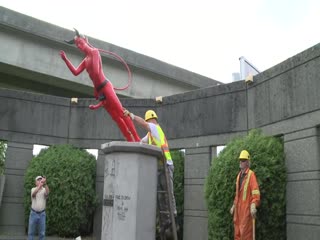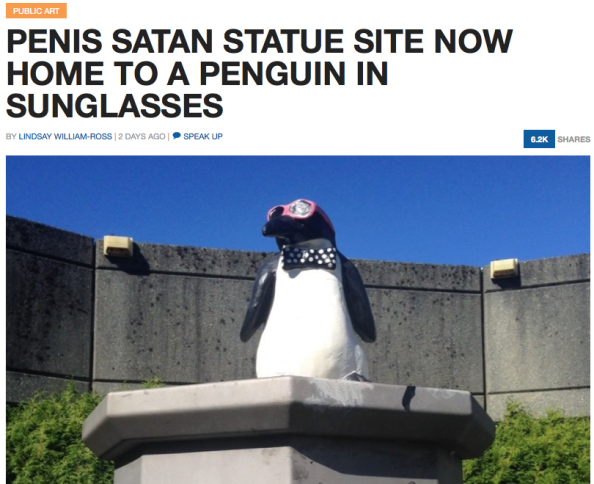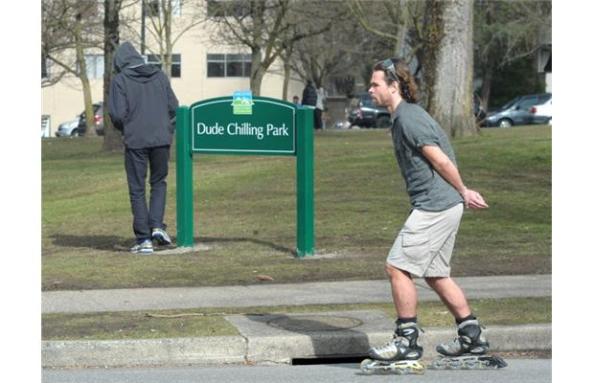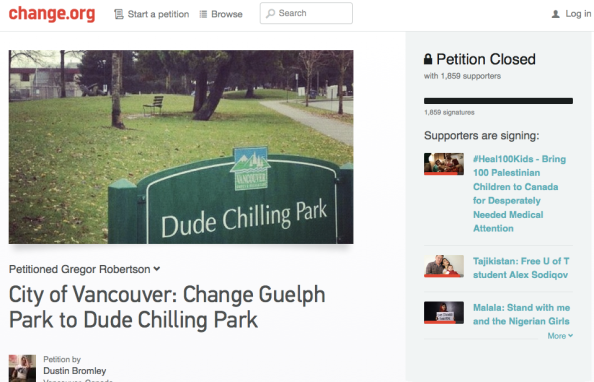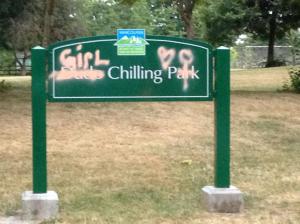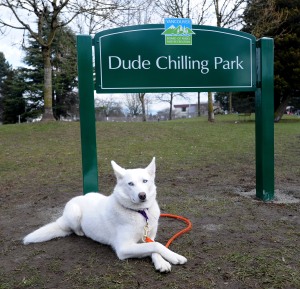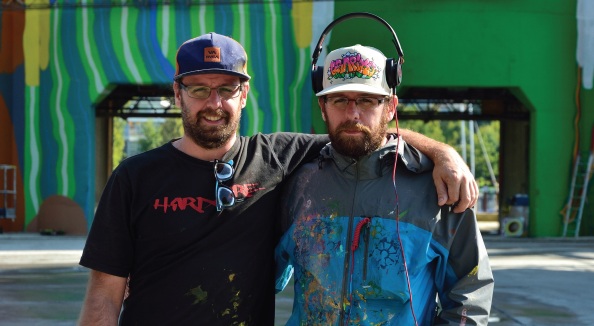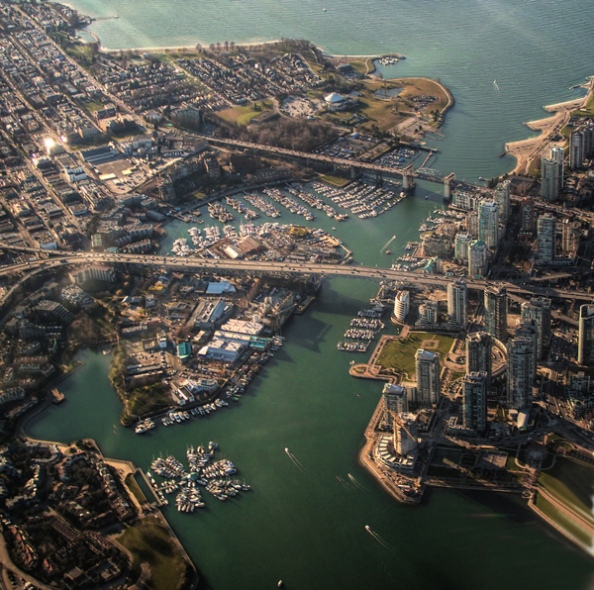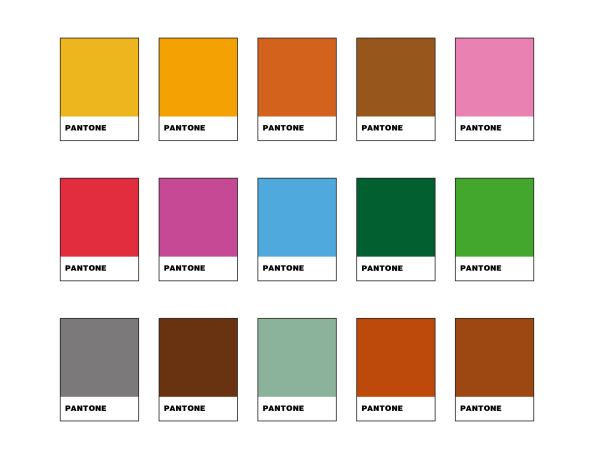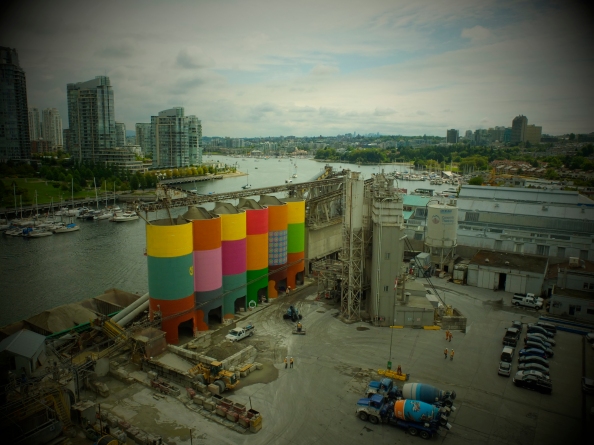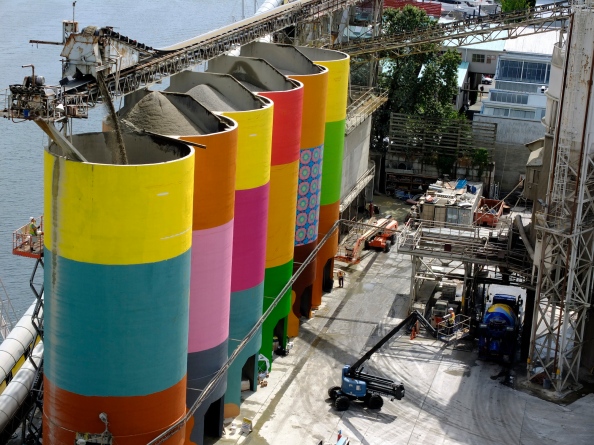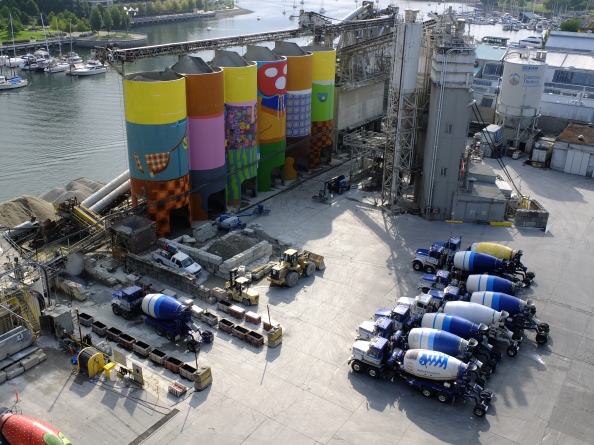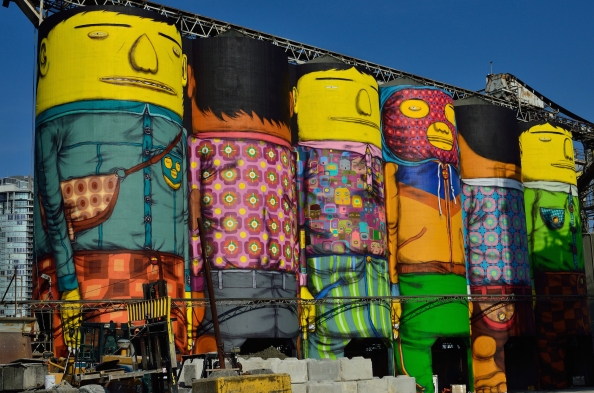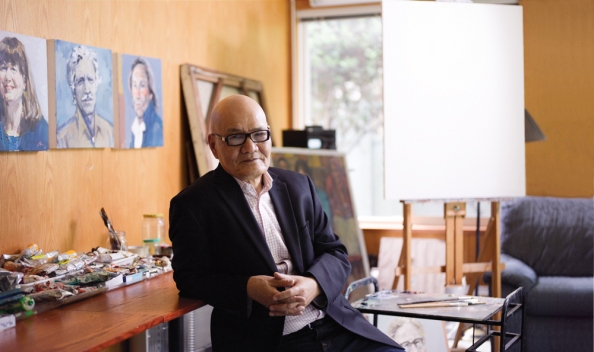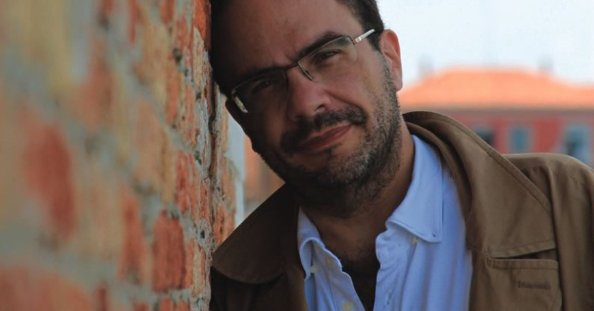Coast Salish artist Luke Marston has created Shore to Shore, a four-metre tall work in bronze depicting his great-great grandparents, Portuguese pioneer Joe Silvey flanked by his first wife, Khaltinaht, and his second wife, Kwatleematt. (Joe’s first wife died of tuberculosis.)
Born on Pico Island, of Portugal’s Azores Islands, sometime between 1830 and 1840, Joseph Silvey began whaling when he was just 12 years old. In 1860, when Silvey came to the BC coast on a whaling schooner, he decided to jump ship to try his hand at gold-mining.
From harpooning whales in small open rowboats, to serving up liquor to rambunctious millworkers, to being the first man to have a seine license in BC, Silvey was the Renaissance man of his generation. His friends were many, and included saloon keeper Gassy Jack Deighton for whom Vancouver’s Gastown is named, his prestigious grandfather-in-law Chief Kiapilano (of the Capilano Nation) and a remittance man who liked to wear either his wife’s clothes or none at all.
Although Portuguese Joe and his family prospered – he had 11 children with two wives and his many descendants still populate the BC coast – they also had their share of grief. Joe’s first wife Khaltinaht died after a few short years of marriage; his eldest child Elizabeth was later kidnapped and forced to marry against her will; and his sixth child John was murdered in a rowboat while on his way to buy clams.
(Harbour Publishing: Jean Barman, The Remarkable Adventures of Portuguese Joe Silvey )
The video above is excerpted from documentary filmmaker Peter Campbell‘s feature-lenth project about Coast Salish artists and the creation of Marston’s Shore to Shore sculpture. There is also a new book, Shore to Shore, by Suzanne Fournier, available from Harbour Publishing, about Marston’s work and this sculpture in particular.
Some of Luke Marston’s beautiful work:
CBC Radio interview with Marston (8 minutes):







